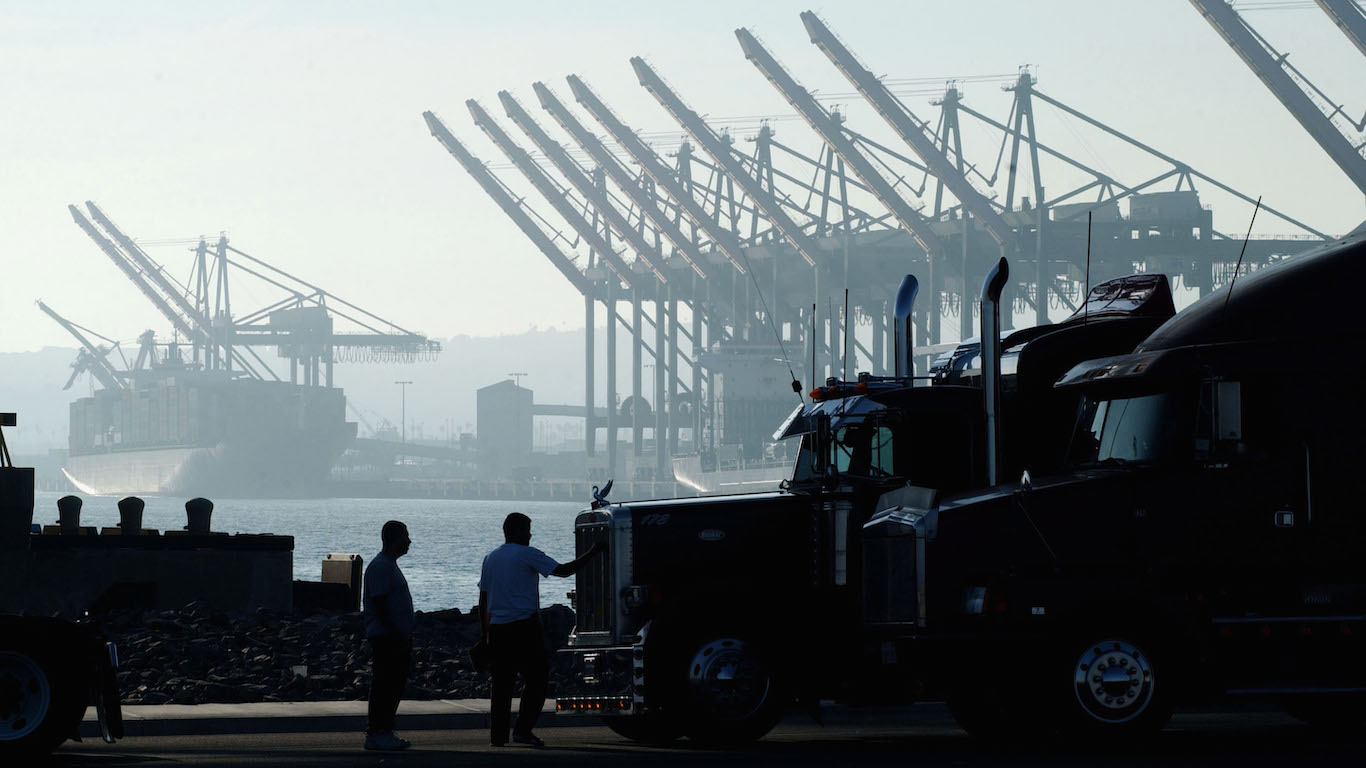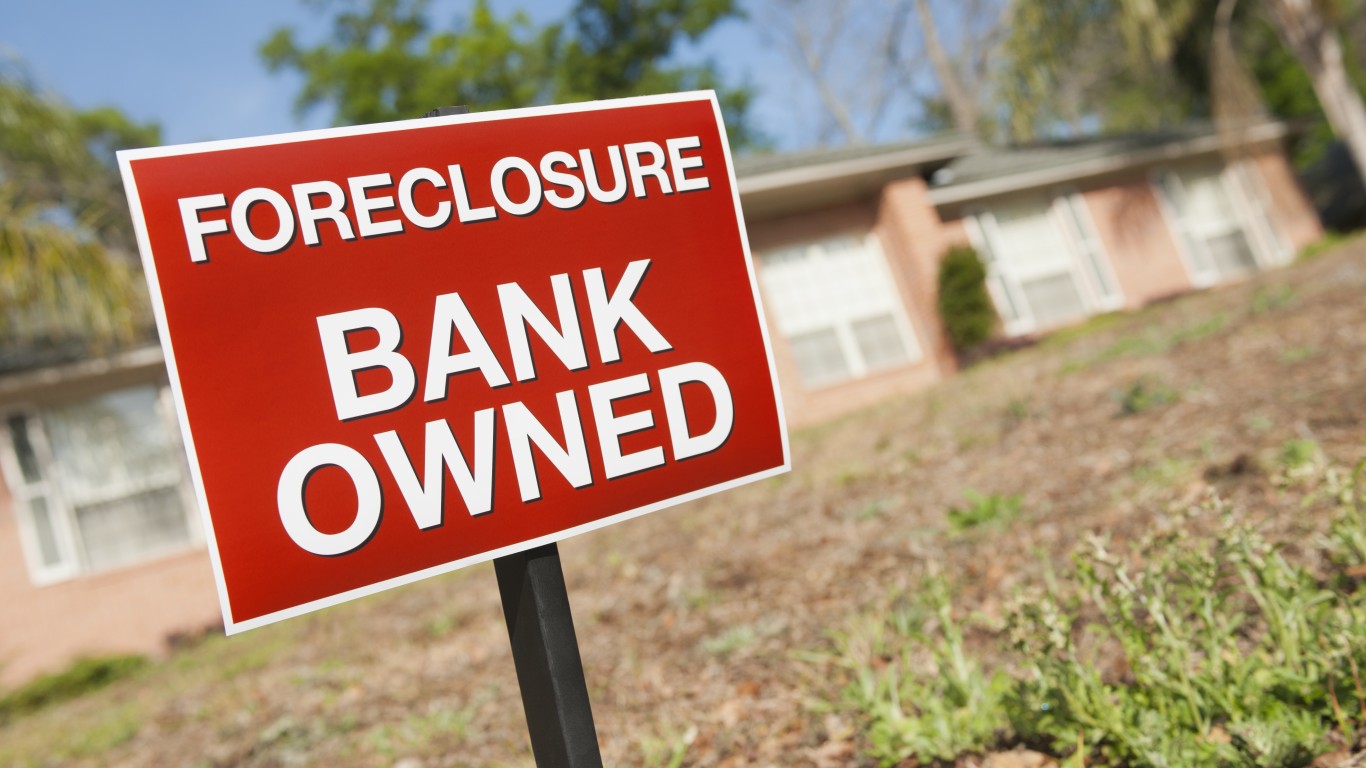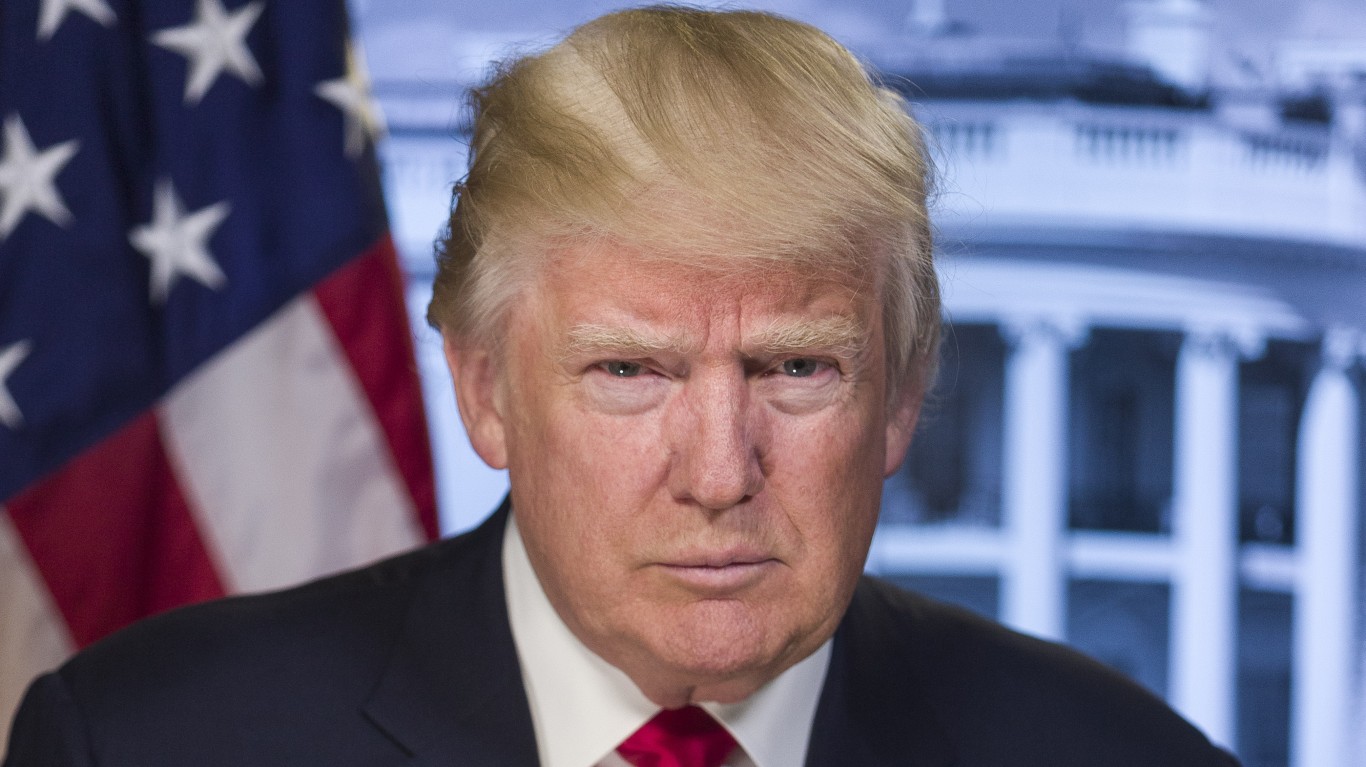
That the U.S. economy was headed into a recession may be no secret, but it has been very difficult to quantify just how bad things will get. After all, the news keeps worsening each day. Standard & Poor’s has issued a new update on the coronavirus impact on the economy, and the title “A Massive Hit to World Economic Growth” seems like an understatement.
The recession is here, and it looks worse with each new forecast.
S&P’s advisory for the United States signals that the annual gross domestic product (GDP) decline in the second quarter now looks to be at least double the 6% contraction that the firm projected just a week earlier. S&P now also sees a GDP contraction taking place in the first quarter as well. S&P sees the U.S. government’s fiscal response as front and center in the policy debate, with a sharp decline in private-sector demand, and with a $2 trillion sum now expected in new spending.
Things were already weak in Europe, and S&P sees Europe’s GDP falling similarly to the U.S. economy for the first half of 2020. That said, it is expected that Europe will have a somewhat larger decline in the first quarter than the second quarter because the shock started earlier in Europe.
The good news for this report, if this is good, is that the spread of the coronavirus appears to be largely contained in China and its economy seems to be stabilizing. S&P looked at traffic patterns, shipping data and official figures pointing out that the Chinese economy is beginning to recover at a slower rate than S&P previously expected.
S&P’s estimate is that China saw its GDP contract by 13% on an annualized basis in the first quarter of 2020. Growth is expected to begin again in the second quarter.
More economic revisions are almost certain as more data comes out. The report said:
S&P Global Ratings acknowledges a high degree of uncertainty about the rate of spread and peak of the coronavirus outbreak. Some government authorities estimate the pandemic will peak between June and August, and we are using this assumption in assessing the economic and credit implications. We believe measures to contain COVID-19 have pushed the global economy into recession and could cause a surge of defaults among nonfinancial corporate borrowers. As the situation evolves, we will update our assumptions and estimates accordingly.
Again, the overall direction of these revised reports should not be a surprise at all. What is a surprise is when the jobless numbers that are hitting all at once are this great and as the GDP report for the second quarter would now come with a drop of more than 10%. Stay tuned, this isn’t over yet.
100 Million Americans Are Missing This Crucial Retirement Tool
The thought of burdening your family with a financial disaster is most Americans’ nightmare. However, recent studies show that over 100 million Americans still don’t have proper life insurance in the event they pass away.
Life insurance can bring peace of mind – ensuring your loved ones are safeguarded against unforeseen expenses and debts. With premiums often lower than expected and a variety of plans tailored to different life stages and health conditions, securing a policy is more accessible than ever.
A quick, no-obligation quote can provide valuable insight into what’s available and what might best suit your family’s needs. Life insurance is a simple step you can take today to help secure peace of mind for your loved ones tomorrow.
Click here to learn how to get a quote in just a few minutes.
Thank you for reading! Have some feedback for us?
Contact the 24/7 Wall St. editorial team.
 24/7 Wall St.
24/7 Wall St.

